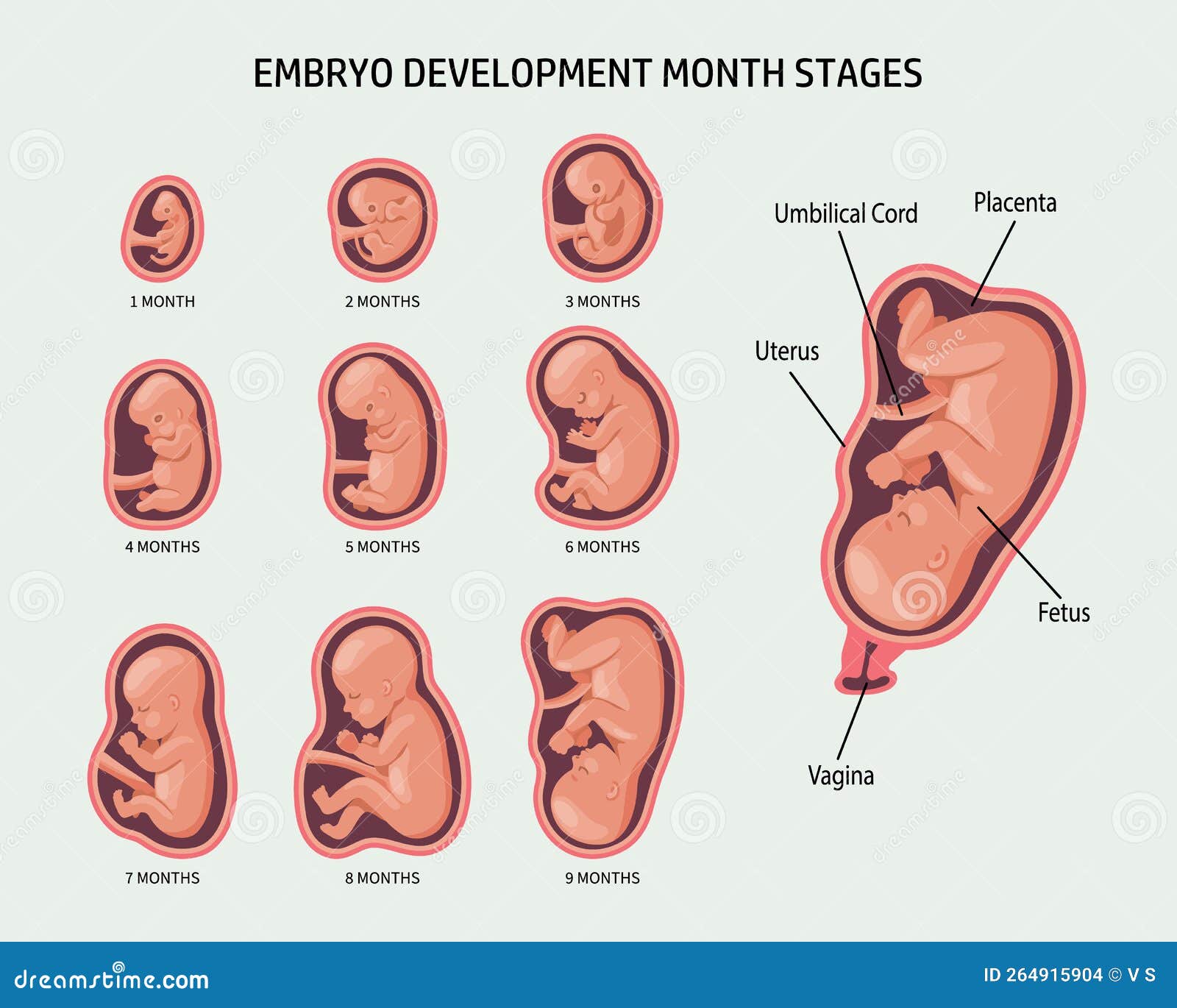Pregnancy: Baby Bump Growth & Size Chart Week By Week
Ever wondered how that tiny seed of life transforms into a bouncing baby? The journey of pregnancy, marked by the gentle curve of a growing belly, is a testament to the incredible power of the human body. From the subtle flutter of first movements to the pronounced presence of the third trimester, each stage of pregnancy unfolds with its own unique set of changes and developments.
Understanding these changes, particularly the evolution of the baby bump, can be a source of both excitement and anxiety for expectant parents. While every pregnancy is unique, there are general patterns and milestones that offer valuable insights into the progress of your little ones growth. Let's explore the fascinating world of baby bump development, from the earliest weeks to the final countdown.
| Aspect | Details |
|---|---|
| Fetal Development Stages | First Trimester (Weeks 1-13): Crucial organ development. Second Trimester (Weeks 14-27): Noticeable growth, fetal movement felt. Third Trimester (Weeks 28-40): Significant weight gain, preparation for birth. |
| Average Baby Bump Growth | Not visible in the first trimester. Gradually becomes noticeable in the second trimester, reaching full size by the third trimester. Varies significantly based on individual factors. |
| Factors Affecting Bump Size | Maternal body type, number of previous pregnancies, amniotic fluid levels, fetal size and position. |
| Medical Monitoring | Fundal height measurements, ultrasounds, and growth scans help monitor fetal development and identify potential issues. |
| Reference | NHS Website |
The earliest days of pregnancy are a whirlwind of hormonal shifts, often before you even see a hint of a bump. You might feel differentperhaps a little more tired, a little more emotionalbut outwardly, the signs are subtle. Inside, however, the foundation for your babys life is being laid. The first trimester, spanning weeks one through thirteen, is a period of rapid cell division and organ formation. While you wont spot any visible bump growth in these initial weeks, your healthcare provider will likely calculate your due date based on your last menstrual period. This means that, depending on your ovulation cycle and the precise moment of conception, you may not actually be pregnant for the first week or two of this calculated timeframe.
The question of when the "bump" will "pop" is a common one, laden with anticipation. While theres an average pattern, each pregnancy has its unique timeline. Some women start showing earlier, others later. At ten weeks, you might just be starting to notice a slight rounding, a subtle shift in your usual silhouette. But if you don't see anything yet, don't fret! It won't be long. Remember, pretty much anything is normal when it comes to the timing of your baby bumps appearance. By twelve weeks, with the second trimester on the horizon, your bump might be a bit more pronounced. Inside, your little ones vital organs are forming, laying the groundwork for their future health and well-being.
As your pregnancy progresses, the subtle changes of the first trimester give way to more dramatic growth. The second trimester often brings with it a welcome decrease in morning sickness and mood swings. At around sixteen weeks, your baby embarks on a significant growth spurt, contributing to the increasingly visible curve of your belly. By seventeen weeks, your baby's senses are developing, and you may even start to feel those first magical flutters of movement. The fundal heightthe distance from your pubic bone to the top of your uterusbecomes a key measurement used by healthcare professionals to monitor your baby's growth. Ideally, this measurement in centimeters corresponds roughly to your week of pregnancy, plus or minus two centimeters. Any significant deviations may prompt a growth scan to ensure everything is progressing as expected.
The third trimester marks the final stage of your pregnancy journey. Your baby continues to grow rapidly, putting on weight and preparing for life outside the womb. Your belly expands further, accommodating this final growth spurt. While size charts provide a general guideline, the actual size and shape of your pregnant belly can vary considerably. Some women carry smaller, while others carry larger. Every pregnancy belly is beautiful, a unique testament to the life growing within. At thirty-six weeks, one might experience changes in bump size due to the baby's position, impacting appetite and potentially weight. Even though external measurements like fundal height offer a broad assessment of growth, its important to remember they are just one piece of the puzzle. Modern medical technologies like ultrasound provide a far more accurate picture of fetal development.
From the quiet beginnings to the grand finale, the journey of pregnancy is a remarkable transformation. Embrace the changes, celebrate the milestones, and remember that every bump tells a unique story of growth, resilience, and the incredible power of life. The weekly progression, documented through photos or sonogram keepsakes, captures not just the physical evolution but also the emotional journey of anticipation and love.


